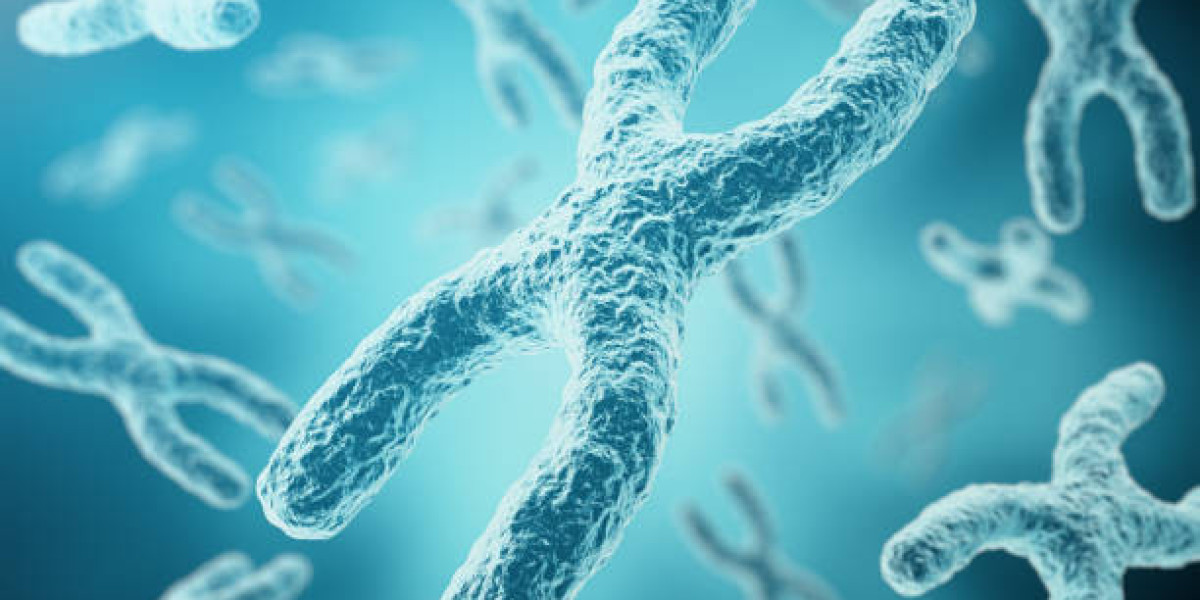When exploring the world of genetics, it’s essential to differentiate between chromosomes and chromatids. While these terms are often used interchangeably, they refer to distinct structures with unique roles in cell division. Let’s break down their definitions and highlight the differences.
What Are Chromosomes?
Chromosomes are the organized structures of DNA and proteins that carry an organism's genetic information. Humans typically have 46 chromosomes arranged in 23 pairs, with one set inherited from each parent. These structures ensure that genetic material is efficiently stored and accurately transmitted during cell division.
What Are Chromatids?
Chromatids are the identical copies of a chromosome formed during DNA replication. When a cell is preparing to divide, each chromosome duplicates itself, resulting in two sister chromatids linked together at a central point called the centromere. This leads us to a key difference between chromosome and chromatid: chromosomes are the complete structures containing the genetic code, while chromatids are the duplicated halves that become crucial during cell division.
Structural Distinctions
To further clarify the difference between chromosome and chromatid , it’s helpful to examine their structures. Before cell division, chromosomes exist as single strands. After DNA replication, each chromosome consists of two sister chromatids that remain connected at the centromere. This structural connection is essential for proper genetic distribution during cell division.
Functional Roles in the Cell Cycle
Chromosomes and chromatids perform different roles throughout the cell cycle. Chromosomes serve as carriers of genetic information, ensuring that each daughter cell receives the correct amount of DNA. In contrast, chromatids are essential for the equal separation of genetic material. This highlights another significant aspect of the difference between chromosome and chromatid: chromosomes are involved in the overall organization of genetic information, while chromatids specifically facilitate its distribution during cell division.
The Process of Cell Division
As cells prepare for division, the transformation from chromatids to chromosomes illustrates their distinct roles. Initially, DNA is in a relaxed form known as chromatin. When a cell enters mitosis, chromatin condenses into chromosomes, with each composed of two sister chromatids. This transformation exemplifies the difference between chromosome and chromatid, as they transition from a relaxed state to tightly coiled structures ready for division.
During mitosis, chromosomes align in the center of the cell, and the spindle fibers pull apart the sister chromatids to opposite ends. This ensures that each new cell receives an identical set of chromosomes, emphasizing the importance of both structures in maintaining genetic integrity.
Conclusion: The Importance of Distinguishing Between Chromosomes and Chromatids
In conclusion, understanding the difference between chromosome and chromatid is vital for grasping the fundamentals of genetics and cellular biology. Chromosomes are the comprehensive carriers of genetic information, while chromatids are the crucial copies formed during DNA replication. By recognizing these differences, you can better appreciate the intricate processes that ensure genetic stability and inheritance in living organisms.



